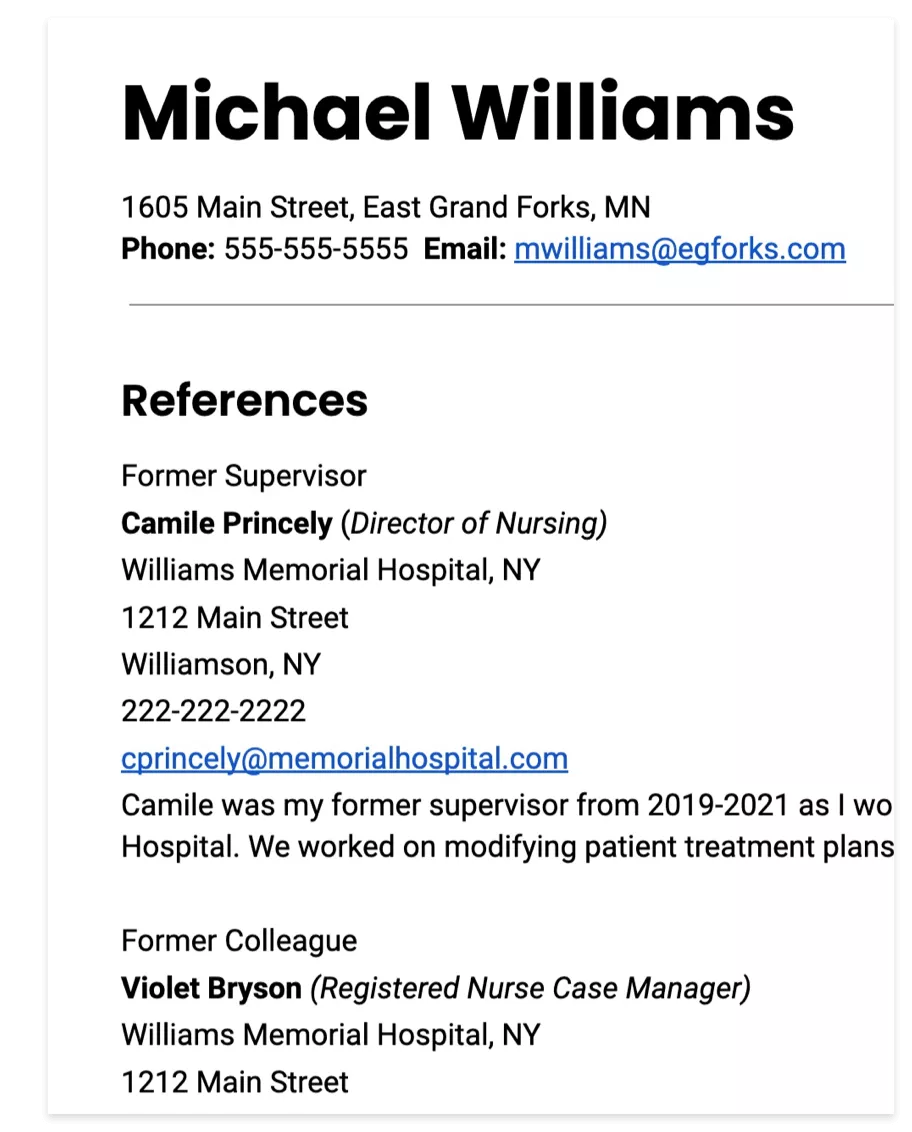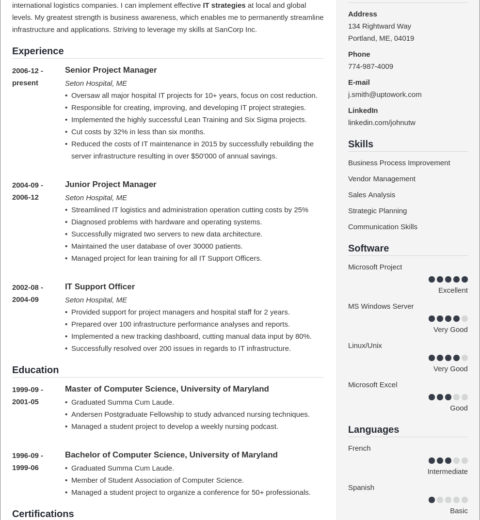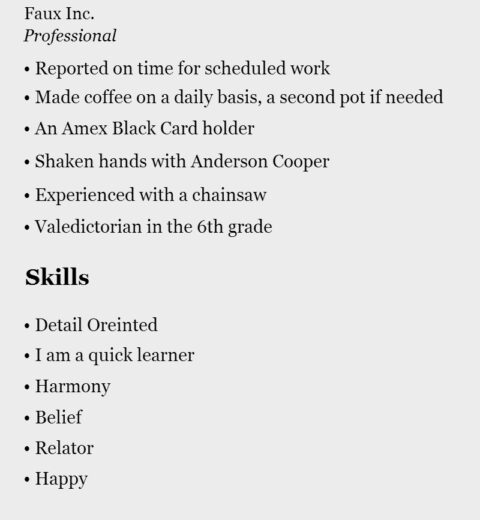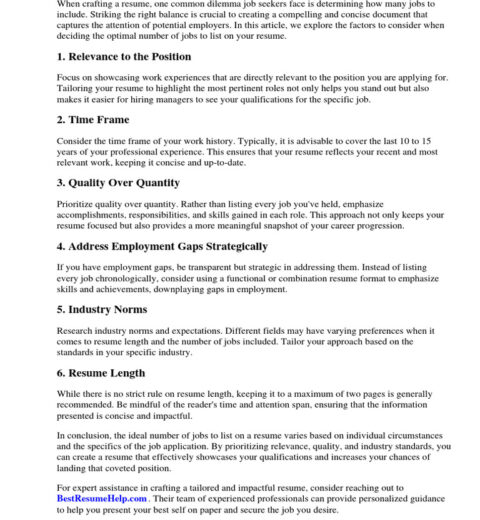In the competitive landscape of job hunting, the inclusion of references on a resume serves a pivotal function. While the primary focus of a resume should be on skills, accomplishments, and relevant experiences, the way in which references are presented can significantly influence a hiring manager’s perception of a candidate. Understanding how to list references effectively, and when to include them, can be the subtle differentiator between being a viable candidate and a top choice.
The notion of providing references is intrinsically tied to the idea of validation. Potential employers seek confirmation from knowledgeable third parties regarding a candidate’s capabilities, work ethic, and character. References serve as a safety net for employers, offering them insight into the nuances of a candidate’s professional demeanor and reliability. This practice stems from an inherent skepticism; employers often wish to corroborate the claims made in the resume with the realities observed by others.
When contemplating whether to include references on a resume, the first consideration is relevance. The question of whether to list references should be steered by the specific job for which one is applying. Some sectors may demand a more thorough assessment, where reference checks are standard practice, while in others, references might be an afterthought. Typically, entry-level positions may necessitate references to validate education and internship experiences, whereas seasoned professionals may rely more heavily on a robust portfolio that speaks to their abilities.
Another critical aspect of references is the selection process. Candidates should meticulously choose individuals who can provide substantive, positive endorsements. Opting for references from former employers, supervisors, or colleagues who are familiar with one’s work habits yields the most credible testimonials. It is prudent to consider not only the individual’s standing within the industry but also the nature of the relationship shared—was it collaborative? Mentorship-based? Such context can amplify the significance of their endorsement.
Once the right contacts have been established, the method of listing references comes into play. A common practice is to create a distinct section for references, clearly titled “References” or a phrase such as “Professional References.” This section should follow after the main body of the resume and can be formatted simply, typically in a bullet-point style for clarity. Each reference entry ought to include the individual’s full name, professional title, company name, contact number, and email address. Transparency in listing these particulars fosters trust and authenticity.
However, candidates should always seek prior consent from their references. It is not merely a courtesy but a professional standard that bears importance. Informing references about what positions they are being considered for allows them to tailor their comments to highlight relevant skills. When references are given context, they’re better equipped to provide insights that resonate with prospective employers. The dialogue should ideally be reciprocal; candidates should be prepared to share the nature of the opportunities they are pursuing, which can enhance the reference’s ability to advocate effectively.
Timing is another critical element in the reference equation. Typically, references are not required at the initial stages of application processes. Most employers will request references after the interview phase, signaling a strong interest in a candidate. Thus, during the application process, it is often effective to simply indicate a willingness to provide references upon request. This strategy maintains the focus on qualifications and experiences without overwhelming the resume’s context with auxiliary details.
Moreover, there are instances where one might be compelled to opt for a more discreet approach. For example, if a candidate is currently employed and seeking new opportunities, the discretion surrounding references becomes imperative. Potential employers may request the references to be kept confidential to respect current employer relationships. In these situations, indicating “References available upon request” can be an advantageous approach to maintain professional integrity.
Another facet worthy of consideration is the modern trend of utilizing LinkedIn as a platform for professional references. As digital networking becomes increasingly prevalent, many employers will turn to a candidate’s online profiles to seek quick verification. Thus, advocating for strong LinkedIn recommendations, in tandem with traditional reference checks, is becoming an essential practice. This underscores the importance of maintaining an up-to-date and polished online presence that reflects one’s professional persona.
Furthermore, candidates should be prepared to discuss their references during interviews. The capability to articulate reasons for each reference choice can further accentuate the candidate’s foresight and strategic thinking. An interviewer may probe why a particular reference was selected and understanding the dynamics of that relationship can lead to compelling discussions. This not only illustrates one’s professional journey but also exemplifies the depth of thought put into the application process.
In summary, the act of listing resume references is far from an ancillary task; it is a strategic endeavor that necessitates thoughtful consideration and planning. Candidates must navigate various elements—ranging from the selection of appropriate references to the timing of their inclusion. Ultimately, an astute approach to references can bolster a resume, validate experiences, and while serving as a bridge to deeper professional connections. Therefore, mastering the intricacies of resume references is integral to standing out in a crowded job market, where every detail contributes to the narrative of the candidate’s professional life.




